Main features of batch transfers
.png)
Number of recipients
Batch payments allow for sending up to 5,000 recipients, although generally 1,000 is the standard.
.png)
Currencies and countries involved
Batch payments can be split between currencies and countries, but uploaded as one set of transactions.
Helpful for elements like payroll in multiple locations and currencies.
.png)
Currency risk and agreed rates
It is possible to agree on the usual currency risk measures on batch transactions as well.
This includes anything from guaranteed rates for a short period (generally 1 or 2 days) up to using forward contracts.
.png)
Regularity of payments
Batch payments can also be scheduled in advance, so regular payments, in bulk, can be managed.
Generally, we would recommend having a currency risk strategy in place for this type of approach.
.png)
Upload, template and API options
Most companies will provide templates and account integrations for batch payments.
This makes the process simpler.
For companies with development teams in place, it is also possible to use APIs to sync payments appropriately.
Why opt for batch payments
Faster and easier than multiple payments
Get a better exchange rate
Use multiple balances to reduce cost (and currency risk)
Multi-currency accounts
.png)
For regular cross border payments, consider using a multi-currency account.
.png)
Be clear on
Batch payments have different levels for exchange rates and fees, based on where the finance is going. Some of these will be at a transaction level, and others will be at a batch level.
Ensure you are fully aware of these differences ahead of a transfer taking place.
Limits on transfer amounts can be at an individual or batch level. Companies operate in different ways, and this may change based on currency or route for the transfer.
By nature, batch payments often involve a large sum of money at the top. Ensuring this is available at the agreed start point of the batch payments being made is essential.
Missed payments in batches could cause a little bit of confusion and payments could even fail in their entirety if not correctly setup.
The Providers
Compare batch payment solutions
Use cases
Batch payments are used by thousands of businesses across the world. Here are some examples of where they have been used.
Recapping batch payments
Batch payments can reduce the overall cost of sending multiple payments
Batch payments can be made using a single or multiple currencies
Batch payments greatly reduce the time it takes to make cross border payments en masse
![[Batch Payments] to Save on Multiple Business Payments](https://cdn.crossborderpaymentsolutions.com/tr:f-auto,w-409,h-195,fo-center/uploads/2024/09/1725458020-Batch%20payments%20(1).png)





.svg)









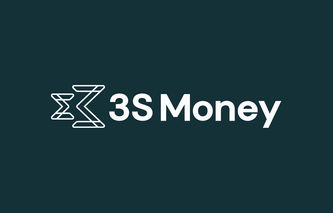
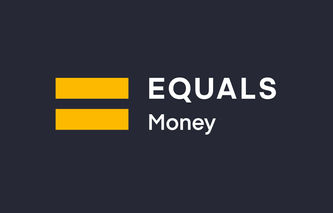


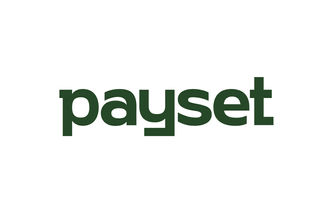
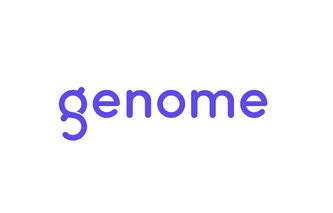





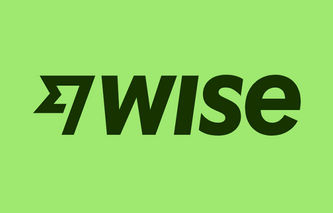
.png)









.png)

.png)